Peeling back the layers of the business onion, you’ll find ‘Customer Satisfaction’ at its core. Businesses thrive when customers are content; there’s no better way to gauge this than a well-executed Customer Satisfaction Survey.
Masterfully employed, these surveys offer a buffet of advantages:
- A compass to navigate consumer needs
- A crystal ball predicting customer loyalty
- A stethoscope for the heartbeats of your business – customer opinions.
Zoom into a niche example – take a bespoke bakery ?. A timely survey reveals that customers pine for gluten-free options. Acting on this nugget, the bakery expands its menu, boosting sales and customer loyalty.
Peering through the lens of Plerdy UX & SEO analysis, these surveys are essential to align your business strategy with user behavior and preferences. With insights from this reliable tool, you can turn feedback into actionable change, enhancing customer experience, retention, and your bottom line.
The following article explains Customer Satisfaction Surveys’ importance, benefits, and practical examples. Then, buckle up as we dive into this customer-centric world to fuel your business growth.
Note: In the ever-evolving business landscape, customer satisfaction is not a destination but a continuous journey.
What is a Customer Satisfaction Survey
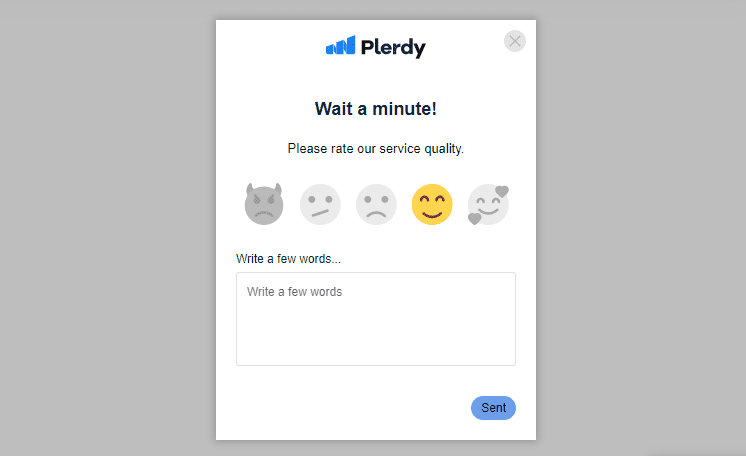
A Customer Satisfaction Survey – a tool most businesses employ today – is a vital component that measures how products or services a company supplies meet, exceed, or fall short of customer expectations. For example, imagine walking into your favorite bakery, and they hand over a short, neatly constructed survey about your latest visit. It’s simple, you tick boxes, rate the service, and maybe even jot down a few words about the exquisite pastries.
This survey provides businesses with a direct line of communication with the customer. It’s a deep dive into the customer’s psyche – capturing their sentiments, likes, dislikes, and suggestions. For instance, based on the survey results, the bakery could improve the quality of their croissants or introduce gluten-free options.
Here’s a quick rundown of its key components:
- Ease of understanding: Clear, concise language ensures customers can handle complex jargon.
- Specifics: The survey asks pointed questions about individual products or services.
- Ratings: From numerical scales to emoticons, it gives customers a chance to rate their experience.
A Customer Satisfaction Survey is an open window into the customer’s mind – a vital map guiding businesses toward better customer satisfaction and loyalty. Through such a survey, businesses move from assumptions to understanding, shaping their strategies around customer preferences, hence, fostering a robust customer-centric environment.
Different Types of Customer Satisfaction Surveys
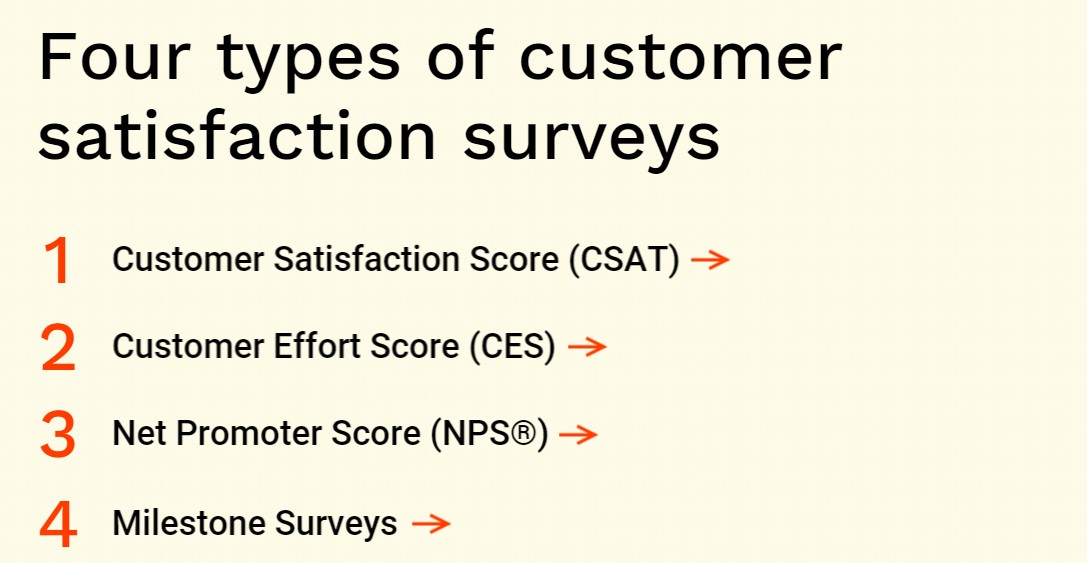
Customer Satisfaction Surveys come in various forms, each with a specific purpose tailored to gather valuable data. Companies employ these instruments to carve out a path toward enhanced customer satisfaction, addressing needs and preferences in a targeted manner.
One of the common types of these surveys is the Net Promoter Score (NPS) survey. This methodology identifies customers who rave about your services (promoters) and those who are dissatisfied (detractors) using a simple 0-10 rating system. Imagine a chain of boutique hotels using NPS to classify their guests based on their feedback, allowing them to focus on areas of improvement.
The Customer Satisfaction Score (CSAT) survey is another popular method of measuring overall contentment with a product or service. A smartphone manufacturer, for example, might utilize CSAT surveys to evaluate satisfaction with a recently launched model.
Also noteworthy is the Customer Effort Score (CES) survey, which assesses how easily customers can interact with your brand. For instance, an online shopping platform could use CES to measure the convenience of its checkout process.
A brief look at each type:
- Net Promoter Score: Measures customer loyalty.
- Customer Satisfaction Score: Gauges overall satisfaction.
- Customer Effort Score: Assesses ease of interaction.
Through the judicious use of these survey types, businesses can engage in a comprehensive dialogue with their customers, leading to informed decisions that drive growth and satisfaction.
Benefits of Customer Satisfaction Survey
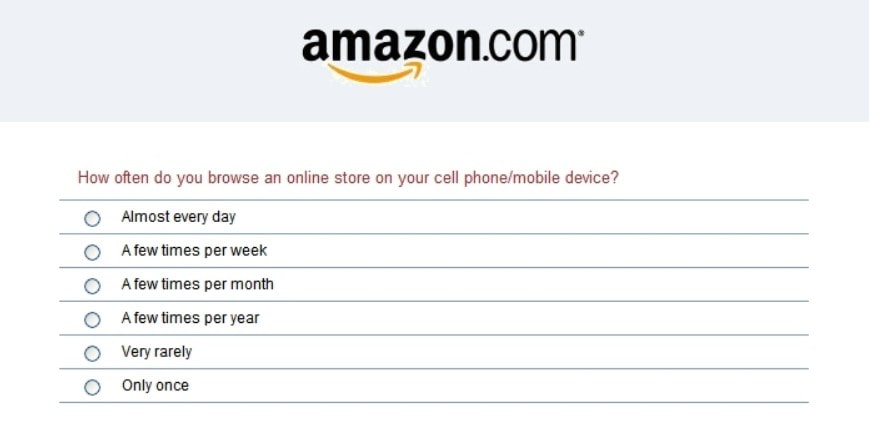
1. Direct Feedback
In the bustling arena of business, nothing resonates more than direct feedback. The compass guides a company’s path toward high customer satisfaction. A Customer Satisfaction Survey is the golden ticket here, providing a platform for the customer’s voice to ring out loud and clear.
Imagine a local coffee shop that’s just launched a new menu. They place a small survey form next to the cash register to gauge how well their latte or cappuccino is received. It’s unfiltered, unadulterated feedback.
Collecting direct feedback via a survey can:
- Pinpoint strengths and weaknesses in real-time
- Deliver insights straight from the customers’ perspective
- Provide measurable data to back up business decisions
Moreover, it paves the way for effective communication. Customers feel heard, their opinions valued, and their suggestions considered, cultivating a sense of loyalty. This dialogue — born out of direct feedback — fosters long-term customer relationships.
So, when companies give customers a platform to air their views, they’re not just collecting data. They’re building bridges, fostering trust, and driving their business toward a future where customer satisfaction isn’t just a goal but a way of life.
2. Improvement in Products/Services
Customer Satisfaction Surveys often act as the rudder steering the ship of product or service improvement. Businesses can see how their offerings truly fare in the market through the unfiltered lens of customer feedback.
Consider a software development company rolling out a new application. Users can voice their opinions about the app’s usability, features, or performance issues through a well-constructed survey. With this precious data, the company can focus on honing its software to fit user needs better, eliminating bugs, and enhancing popular features.
Such feedback-driven enhancements might include the following:
- Streamlining user interfaces for easier navigation
- Introducing novel features based on popular demand
- Improving overall performance and stability
Through this iterative process of launch, feedback, and improvement, businesses can stay on their toes, adapt and grow. They aren’t just shooting in the dark anymore; they’re tailoring their offerings to their customer’s desires.
The truth is the path to customer satisfaction isn’t a one-way street. It’s an evolving journey filled with continuous learning and adaptation. Companies that embrace customer feedback aren’t just delivering products or services; they’re crafting experiences, enhancing customer satisfaction, and building a reputation for responsiveness. They’re not just in the market, they’re making the market, and that’s the power of improvement through Customer Satisfaction Surveys.
3. Enhance Customer Retention
In the customer-centric cosmos, retention is the North Star. Businesses yearn to hold onto their clientele, cultivating enduring relationships that yield long-term benefits. Here, a Customer Satisfaction Survey plays an instrumental role, becoming the catalyst to enhance customer retention.
Picture a subscription-based streaming service using these surveys to understand subscriber preferences, churn reasons, and content likings. Survey feedback highlights user sentiments, helping the service tweak its offerings, personalize content, and retain its audience effectively.
Employing such surveys can help businesses:
- Tailor products or services to meet customer preferences
- Identify and rectify issues causing customer dissatisfaction
- Formulate personalized marketing strategies
Retention isn’t about merely holding onto customers. It’s about creating a symbiotic relationship where businesses grow by nurturing their customers. When customers feel valued and their feedback is acted upon, they are less likely to switch loyalties.
A business that listens, learns, and adapts is a business that thrives. By leveraging Customer Satisfaction Surveys, they create an interactive space where customers’ voices are amplified. This proactive approach builds a sturdy bridge of trust and loyalty and fuels word-of-mouth promotion.
In the end, it’s about more than just having customers. It’s about keeping them engaged, satisfied, and eager to stay. That’s the cornerstone of customer retention and the transformative power of Customer Satisfaction Surveys.
4. Increase Customer Loyalty
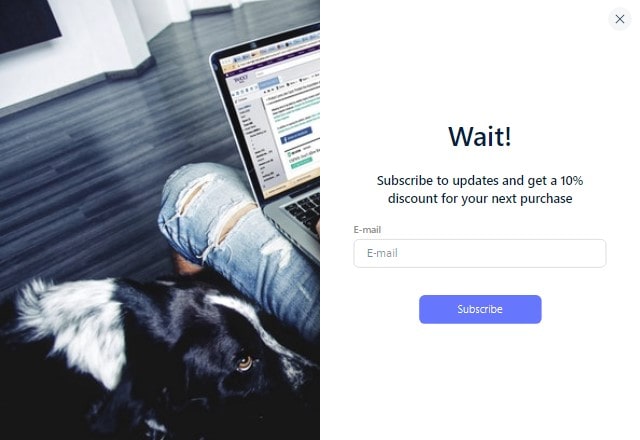
Loyal customers are the foundation stones of a thriving business. They stand by your brand, advocate for your products, and fuel your growth. One strategic method to boost customer loyalty is a Customer Satisfaction Survey.
Imagine an upscale hotel that regularly gathers guest feedback through such surveys. Guests share their experiences, rate the services, and suggest improvements. Each response is a goldmine of information, helping the hotel polish its services, enhance guest experiences, and build customer loyalty.
Customer Satisfaction Surveys can:
- Uncover opportunities for service enhancement
- Generate insights for personalized customer experiences
- Highlight areas causing customer dissatisfaction
Every completed survey is a step towards a more tailored customer experience. As a result, businesses can fine-tune their offerings, craft personalized experiences, and make customers feel valued. After all, a customer whose voice is heard is a customer who feels appreciated.
In the grand scheme of customer loyalty, it’s not just about meeting expectations; it’s about exceeding them. Businesses need to lean into customers’ feedback, interpret their needs, and go the extra mile to show they care. When customers realize they’re more than just a number, loyalty flourishes.
When a Customer Satisfaction Survey transforms into a loyalty-building tool, businesses win customers and advocates, fostering a community where loyalty isn’t the goal but the norm.
5. Identifying and Resolving Problems
In customer service, problems are like riddles waiting to be solved. And just as a master riddler employs a keen eye and sharp intellect, businesses use Customer Satisfaction Surveys to identify and address their issues.
For instance, an online retail store might deploy surveys post-purchase. Shoppers share their experiences, from website navigation to delivery. The responses provide a roadmap to underlying issues, paving the way for timely resolution.
Through Customer Satisfaction Surveys, businesses can:
- Pinpoint recurring issues in their services or products
- Gauge the impact of any negative experiences
- Take prompt action to resolve problems and prevent escalation
Identifying and resolving issues is a proactive step toward building a brand that customers trust. Customers who see their feedback bringing about real changes know they’re heard and valued. This, in turn, enhances their satisfaction and loyalty to the brand.
Every issue resolved is a customer saved from walking away, a negative review nipped in the bud, and a step toward creating a seamless customer journey. Customer Satisfaction Surveys act as an early warning system, helping businesses stay one step ahead and transforming challenges into opportunities for improvement.
In the end, tackling issues head-on shows customers you’re in their corner, fostering a relationship rooted in trust and transparency.
Examples of Effective Customer Satisfaction Surveys
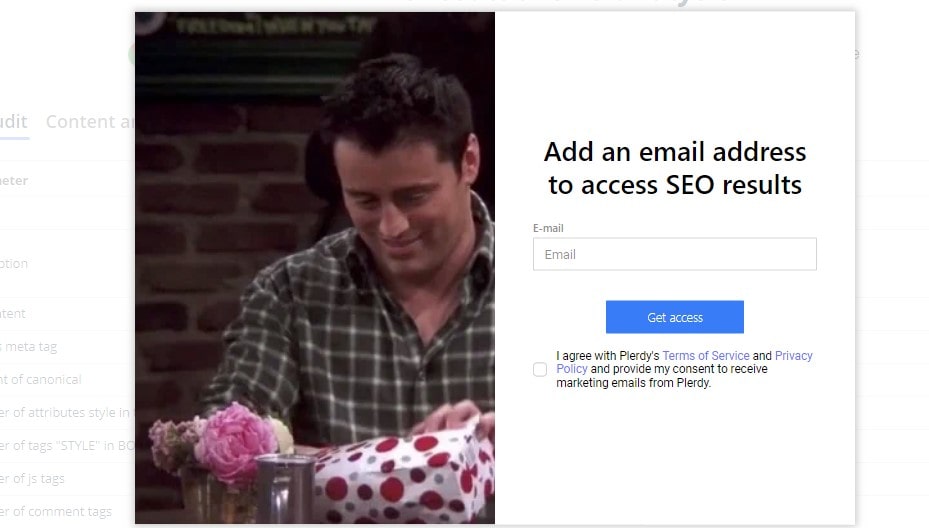
1. Net Promoter Score (NPS) Survey
Ever wanted a simple measure of customer loyalty? Enter the Net Promoter Score (NPS) survey, a streamlined feedback tool that asks one question, “On a scale of 0-10, how likely are you to recommend our business to others?”
Customers answering the NPS survey fall into three categories:
- Promoters (9-10): These satisfied customers are your brand ambassadors, keen on recommending your products or services to others.
- Passives (7-8): These are your fence-sitters, satisfied but not enthusiastic, vulnerable to competitive offerings.
- Detractors (0-6): These customers are unsatisfied and may damage your brand through negative word-of-mouth.
Imagine an online bookstore implementing an NPS survey post-purchase. The data gathered provides vital insights, allowing the business to classify customers into these three categories. The aim is to convert passives into promoters and appease detractors, leading to a more robust customer base and a better reputation.
The NPS survey, though seemingly simple, uncovers a goldmine of information. It empowers businesses to tweak their strategies based on direct customer sentiment, enabling them to build enduring relationships. With this tool in your belt, customer satisfaction is no longer a vague concept but a concrete metric that drives growth and promotes brand loyalty. It’s a clear-cut way of keeping your finger on the pulse of customer sentiment, ensuring your business remains customer-focused.
2. Customer Satisfaction (CSAT) Score Survey
Let’s dive right into the realm of the Customer Satisfaction (CSAT) Score Survey. A CSAT survey focuses on a customer’s recent experience with your product or service. It’s all about the now, the immediate reaction – it gauges the pulse of your customer’s satisfaction levels post-interaction.
It’s as simple as asking, “How would you rate your overall satisfaction with the service you received?” Customers typically rate their satisfaction on a scale of 1-5, where one means ‘Very Unsatisfied’ and five means ‘Very Satisfied.’
Consider a cable company introducing a new HD channel package. They send a CSAT survey to the subscribers of this new package. Responses provide immediate feedback on the following:
- Quality of the HD channels – Are the channels as crisp and clear as promised?
- Variety of programs – Do the channels cater to varied tastes?
- Price Point – Does the cost justify the offerings?
Armed with this data, the company can make real-time adjustments to enhance satisfaction levels, such as adding popular channels or tweaking the price point.
A CSAT Score Survey offers an instant snapshot of customer satisfaction, empowering businesses to make agile decisions. In addition, it helps them promptly address customer pain points, ensuring the customer journey stays smooth, satisfying, and rewarding.
3. Customer Effort Score (CES) Survey
In the spotlight today is the Customer Effort Score (CES) Survey. In contrast to its counterparts, this metric tracks how much effort a customer puts into interacting with your brand. The objective here is to keep effort minimal, as studies suggest customers who experience low-effort interactions are more likely to stick around.
The premise of CES is simple – it usually revolves around a single, carefully framed question, such as “How easy was it to deal with our company today?” Then, the customers can rate their response on a scale, let’s say, from 1 (Very Difficult) to 5 (Very Easy).
Now, imagine an airline company looking to improve its online check-in process. Again, a CES survey might reveal insights on:
- Ease of Website Navigation – How straightforward is finding the check-in option?
- Check-in Process Simplicity – Is the process intuitive and quick?
- Baggage Details Submission – How convenient is it to submit luggage specifics?
The beauty of CES is that it helps companies drill down to specifics rather than scratching the surface of broader satisfaction levels. By identifying areas where customers put in too much effort, businesses can streamline processes, make life easier, and foster loyalty that outlives fleeting satisfaction. It’s about making every interaction with your brand a breeze.
The Importance of Customer Satisfaction Surveys

1. The role of customer satisfaction surveys in business growth
Customer Satisfaction Surveys play a dynamic role in propelling business growth, acting as the compass that guides strategic decisions and operational enhancements. Without a firm grasp on customer sentiment, you’re navigating unthinkingly, risking potential pitfalls and missed opportunities.
Take an online retail store, for example. A well-crafted Customer Satisfaction Survey might unearth issues like:
- Delivery Time – Is the shipment reaching customers swiftly and safely?
- Customer Support – How responsive and helpful is the support team?
Businesses can adapt and optimize by pinpointing areas of success and opportunities for improvement. When customers see their feedback shaping the brand, they feel valued – this boosts loyalty, driving repeat purchases and positive word-of-mouth.
Additionally, high satisfaction scores radiate positivity that extends beyond the customer base. Investors view this as an indicator of strong performance and future growth, and prospective employees see a company that values its customers – as a sign of a healthy workplace culture.
So, whether it’s refining product offerings, overhauling the delivery process, or upping the game in customer support, the insights from a Customer Satisfaction Survey become the catalyst for transformation. These surveys hold the keys to the growth engine – unlocking potential, driving satisfaction, and steering businesses toward sustainable success.
2. The influence of customer satisfaction surveys on customer relationships
Customer Satisfaction Surveys wield a potent influence on customer relationships, acting as a bridge that strengthens the bond between a business and its patrons. This powerful tool facilitates a meaningful dialogue with customers, placing their satisfaction at the heart of business operations.
Consider a restaurant scenario, for instance. A well-crafted survey can provide insight into:
- Menu Selection – Is the variety and quality of dishes appealing?
- Service Speed – How efficient is the order-taking and serving process?
- Ambiance – Does the setting contribute positively to the dining experience?
Unpacking these customer experiences empowers businesses to hone their services, rectifying shortcomings and amplifying strengths. When a customer’s opinion sparks a menu revamp, accelerates service, or tweaks the ambiance, it fosters a sense of appreciation and deeper loyalty.
A well-timed and well-executed survey also sends a clear message – customers’ views matter. This affirmation promotes an enduring relationship built on mutual respect and understanding.
The fact is clear – Customer Satisfaction Surveys do more than measure satisfaction. They’re the wind that fans the flames of customer engagement, the thread that weaves stronger customer relationships, and the fuel that propels a business toward its zenith. They serve as the cornerstone of any customer-centric approach, continually shaping a brand that customers want to stay connected with.
3. The impact of customer satisfaction surveys on brand reputation
Customer Satisfaction Surveys hold sway over brand reputation, shaping perception with a finesse that positions businesses favorably in the competitive landscape. It’s akin to a two-way mirror – providing businesses with a clear view of customer sentiment while reflecting the brand’s commitment to quality and service.
Take an electronics manufacturer, for example. Their survey could focus on:
- Product Quality – Are the products durable and reliable?
- User Experience – How intuitive are the product interfaces?
- Customer Service – Is post-purchase support helpful and responsive?
These feedback loops, harnessing customers’ candid opinions, pave the way for strategic improvements that resonate with the customer base. Whether it’s a tweak in product design, an overhaul of user manuals, or a revamp of customer service protocols, each step taken in response to survey feedback boosts the brand’s reputation.
The proactive engagement of a brand with its customers through surveys acts as a beacon, signaling its dedication to excellence and customer satisfaction. This commitment not only earns the brand a positive reputation but also breeds customer loyalty.
In the final analysis, Customer Satisfaction Surveys are not just a pulse check but a catalyst sparking positive change. They’re the lever that moves brand reputation from good to great, anchoring a brand in customers’ hearts and fortifying its standing in the market.
Top Tips for Conducting an Effective Customer Satisfaction Survey
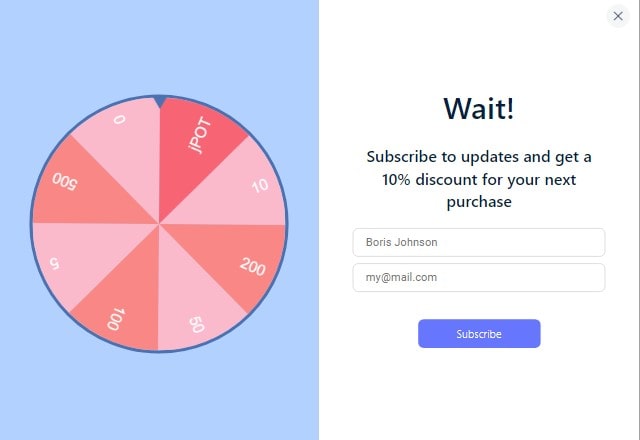
1. Keep it short and simple.
Customer Satisfaction Surveys, designed with a ‘keep it short and simple’ approach, effectively spark customer engagement. Embracing brevity and clarity is crucial to avoid overwhelming customers, leading them towards clear feedback and contributing to a better understanding of their needs.
Picture a local café conducting its first survey. An uncomplicated setup might include points like:
- Taste and Quality – Rate the food and beverages.
- Service Speed – Assess the time from order to delivery.
- Atmosphere – Evaluate ambiance and cleanliness.
Customers swiftly breeze through the survey in this pared-down format, reducing the likelihood of abandoning it midway. Clear, precise questions drive precise responses, leaving little room for ambiguity.
By stripping down to the essentials, you establish an open, streamlined communication channel with customers. In addition, the simplicity of the survey allows you to zoom in on critical areas of customer satisfaction, shining a spotlight on areas ripe for improvement.
Keeping it short and simple not only garners valuable insights but also conveys respect for the customer’s time. This approach goes a long way in bolstering customer loyalty, turning satisfied customers into brand advocates. Thus, you lay the groundwork for robust customer relations and steady business growth through a compact, efficient survey.
2. Be clear with your questions
In a Customer Satisfaction Survey, asking clear questions is pivotal to obtaining actionable feedback. It’s the compass that guides you toward unraveling your customers’ needs, wishes, and pain points.
Consider the case of a tech startup looking to refine its customer service. A well-crafted survey might feature queries such as:
- Response Time – How satisfied are you with the time taken to address your query?
- Resolution Efficiency – Was your issue resolved in a single interaction?
- Support Agent’s Knowledge – Did the support agent clearly explain the solution?
Avoiding jargon, steering clear of double-barreled questions, and setting a precise context for each query enhance clarity. Crafted with precision, these crystal-clear questions don’t leave customers scratching their heads – they offer their insights with conviction.
When you’re transparent with your inquiries, you set the stage for an honest dialogue with your customers. This open exchange lays the foundation for deeper insights, paving the way for actionable strategies. Moreover, it fosters trust – customers appreciate it when businesses strive to listen and understand rather than make assumptions.
Clarifying your questions is about more than just smoothing the survey process. It’s about strengthening your customer bond and boosting your brand reputation. This clarity-driven approach empowers your journey toward unmatched customer satisfaction and enduring success.
3. Offer an incentive for completing the survey
Motivating customers to complete a satisfaction survey is a challenge, but providing incentives can significantly boost your success rate. So sweeten the deal – use enticing rewards to gain valuable insights and strengthen customer relationships.
A famous online bookstore realized a drop in its survey response rate and took action. Every respondent received a 15% discount on their next book purchase. This strategy resulted in an impressive response surge, providing the company with customer insights to enhance its services.
Offering incentives for survey completion doesn’t just increase participation; it underlines your importance on customer feedback. As a result, customers feel valued and appreciated – setting the stage for deeper engagement and loyalty.
Take note of these guidelines when rolling out survey incentives:
- Ensure relevance – your incentive should hold real value to your customers.
- Offer inclusivity – make sure every participant can enjoy the incentive.
- Maintain integrity – keep your incentives lawful and ethical.
With incentives, you’re not merely coaxing feedback. Instead, you reinforce your dedication to customer satisfaction, showing your brand’s commitment to continuous improvement. So, offer a reward – pave the way to insight-rich surveys and stronger customer relationships.
4. Regularly conduct surveys
Regularly conducting customer satisfaction surveys is key to continuous improvement. It’s not a one-and-done event – it’s a consistent strategy that empowers businesses to stay in tune with their customers, adapt to changing needs, and offer unrivaled services.
A renowned hotel chain administers customer satisfaction surveys after each stay, quarterly, and annually. This constant feedback loop enables them to understand guests’ experiences, identify improvement areas, and witness satisfaction changes. By staying on the pulse of customers, they can improve customer experience.
A periodic survey schedule can yield immense benefits:
- Keeps you aligned with evolving customer expectations.
- Identifies potential issues before they escalate.
- Provides opportunities to celebrate successes and replicate them.
Incorporating regular surveys into your digital marketing strategy is a game-changer. It turns a static snapshot of customer satisfaction into a dynamic, evolving picture that mirrors your customers’ journey with your brand. Regularly touch base with your customers – your business will reap the rewards of increased loyalty, greater satisfaction, and lasting relationships. Remember, customer satisfaction isn’t a destination; it’s a journey that requires constant attention, feedback, and improvement.
5. Analyze and act on the feedback
Receiving feedback from a customer satisfaction survey is only half the battle – analyzing and acting upon this valuable insight propels your business forward. After all, feedback is a goldmine of actionable data, providing a direct line into the thoughts and feelings of your customer base.
Let’s zero in on a local coffee shop chain as an example. After distributing a satisfaction survey, they discovered their customers desired a wider variety of plant-based milk options. The business didn’t just file this information away – they sprang into action, expanded their offerings, and communicated the change to their customers. This decision boosted satisfaction and demonstrated a commitment to their customer base.
The key stages in the feedback loop are:
- Analyze – Discover trends, understand sentiments, and highlight critical feedback.
- Act – Make changes based on the analysis.
- Communicate – Notify customers of the changes made in response to their feedback.
Acting on feedback shows customers their voices are heard, valued, and impactful. It’s about creating a shared journey with customers, leading to shared success. Harness the power of your customer satisfaction survey by diving into the feedback and using it to navigate your business to higher grounds.
Encouragement for implementing surveys in business strategy
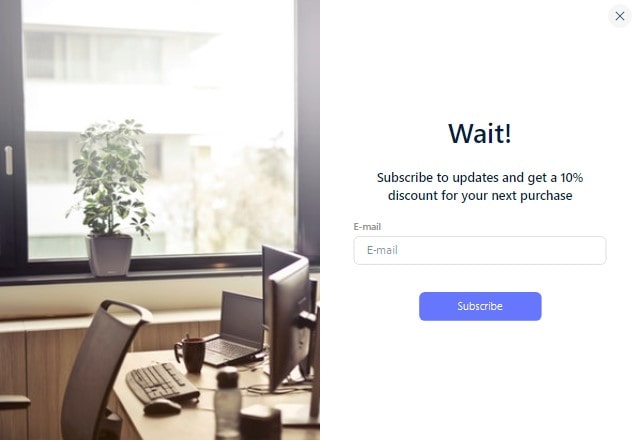
Embedding customer satisfaction surveys into your business strategy might seem like a big step, but it’s a leap worth taking. These surveys provide a direct line to your customers’ thoughts, paving the way for you to deliver a tailored, top-notch experience.
For instance, an online clothing retailer used a customer satisfaction survey to identify a pain point – a lack of size diversity. This insight drove them to revamp their size range, meeting customer needs and expanding their market reach.
Embedding surveys into your strategy can drive benefits such as:
- Enhancing the Customer Experience – Surveys unearth valuable insights, allowing you to tailor your services to customer needs.
- Boosting Retention – By acting on feedback, you show customers their voices matter, increasing loyalty.
- Supporting Decision Making – Survey data gives a solid foundation for business decisions.
Staying attuned to your customer’s needs is paramount in a competitive marketplace. Integrating satisfaction surveys into marketing strategy allows you to tap into your customer base, gain key insights, and spark action to transform your services. When you create a dialogue with your customers and act on their feedback, you don’t just meet their expectations – you exceed them. The outcome? A stronger business, robust customer loyalty, and a reputation that’s second to none.
3 Customer Satisfaction Examples
Customer satisfaction, the vital heartbeat of any thriving business, shines in these three outstanding examples.
- First, let’s turn our gaze to Apple. Known for revolutionizing technology, they’ve also mastered customer satisfaction. When customers stroll into an Apple Store, they’re greeted by knowledgeable staff, ready to help with tech issues or guide them to the perfect product. Apple truly understands that its customers aren’t just buying a product but investing in a solution.
- Second, we find Zappos, an online retailer with a reputation for customer care that’s nothing short of legendary. They offer a 365-day return policy and free shipping – both ways! This demonstrates a deep-rooted commitment to their customers, nurturing loyalty and trust.
- Lastly, we see Amazon, a titan of e-commerce. Their 1-click ordering, diverse product range, and reliable delivery have set a new standard for customer convenience. They’ve simplified the buying process so that customers need not venture elsewhere.
These illustrations highlight an important reality: customer pleasure is not a generic idea that can be applied to all types of consumers. Instead, it is about being attentive to the specific requirements of each consumer and going above and beyond to fulfill those needs. Businesses like Apple, Zappos, and Amazon have woven this understanding into their core values, transforming customers into brand ambassadors. These companies prove that customer happiness is worth the effort with dedication, innovation, and a customer-first approach.
Bottom Line
Navigating through the bustling marketplace, customer satisfaction emerges as a lighthouse guiding businesses toward success. Staying tuned to customers’ voices is no longer optional – it’s a strategic necessity. And that’s where Customer Satisfaction Surveys come into play.
Picture this: a digital e-commerce platform gathers data via a customer satisfaction survey. As a result, they uncover an island of customers who prefer mobile shopping, thus sparking the optimization of their mobile website. This practical example emphasizes the sheer power and potential of these surveys.
At the heart of the matter is understanding the customer. Tools like Plerdy’s UX & SEO analysis provide an invaluable bridge to this understanding. They can help tailor the user experience, refine email strategies, and elevate overall customer satisfaction.
In essence, don’t just monitor customer satisfaction – actively pursue it. For an e-commerce powerhouse or a small b2b startup, it’s a roadmap toward sustainable business growth.
Start your customer-centric journey with Plerdy’s toolkit and start your path to world-class customer satisfaction. First, discover your customer pulse, listen to their whispers, and echo their strategies. Then, it’s time to chart your journey toward exemplary customer satisfaction.
